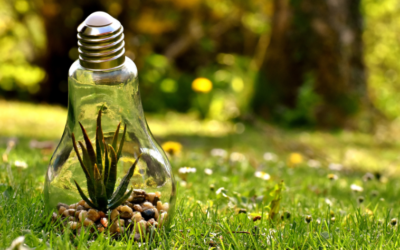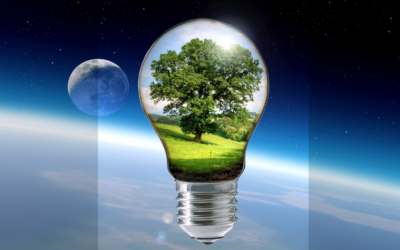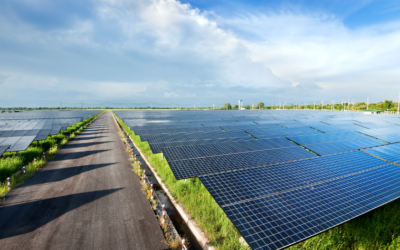Harvesting the Wind: Exploring the Power of Wind Energy in Sustainable Development
Harnessing the Wind: How Wind Energy Works
Wind Turbine Technology:
Mechanics: Modern wind turbines consist of tall towers with blades connected to a rotor. As the wind blows, it turns the blades, converting kinetic energy into mechanical energy.
Electricity Generation: The mechanical energy is then transformed into electricity through a generator housed within the turbine.
Onshore vs. Offshore Wind Farms:
Onshore Farms: Onshore wind farms are situated on land, often in areas with consistent wind patterns. They are more accessible but may face land use challenges.
Offshore Farms: Offshore wind farms are located in bodies of water, typically oceans. While more challenging to install, they often benefit from stronger and more consistent winds.
Environmental Benefits of Wind Energy
Reducing Carbon Footprint:
Clean Energy Production: Wind energy is a clean and renewable energy source, producing electricity without emitting greenhouse gases. This significantly reduces the carbon footprint associated with power generation.
Climate Change Mitigation: By displacing fossil fuel-based power generation, wind energy plays a crucial role in mitigating climate change and its associated impacts.
Land Use Efficiency:
Minimal Land Impact: Wind turbines require relatively small land footprints compared to traditional power plants. This allows for coexistence with agriculture and minimal disruption to ecosystems.
Dual Land Use: Many wind farms share land with agricultural activities, allowing farmers to continue using the land for crops or grazing.
Wind Energy on a Global Scale
Global Wind Energy Trends:
Leading Countries: Countries like China, the United States, and Germany are leading in the adoption of wind energy. China, in particular, has seen substantial growth in wind power capacity.
Increasing Capacity: Globally, there is a trend of increasing wind power capacity, with governments and industries recognizing the importance of renewable energy.
Economic Impacts:
Job Creation: Wind energy projects contribute to job creation in manufacturing, installation, and maintenance. The industry provides employment opportunities in both urban and rural areas.
Economic Sustainability: Investments in wind energy projects contribute to economic sustainability, fostering innovation and supporting local economies.
Overcoming Challenges and Innovations
Addressing Intermittency:
Energy Storage Solutions: To address the intermittency of wind, advancements in energy storage solutions, such as batteries, are being explored. These technologies store excess energy generated during periods of high wind for use during low-wind periods.
Future Innovations:
Smart Grid Integration: Innovations in smart grid technology enable better integration of variable energy sources like wind into the overall energy system. This enhances grid stability and reliability.
Conclusion
Wind energy stands at the forefront of sustainable development, offering a clean and abundant source of power. By understanding the technology, environmental benefits, global trends, and ongoing innovations, we can appreciate the pivotal role wind energy plays in shaping a sustainable and resilient future.




